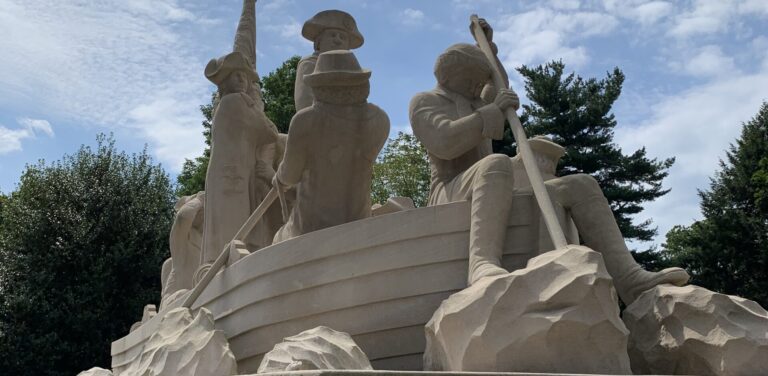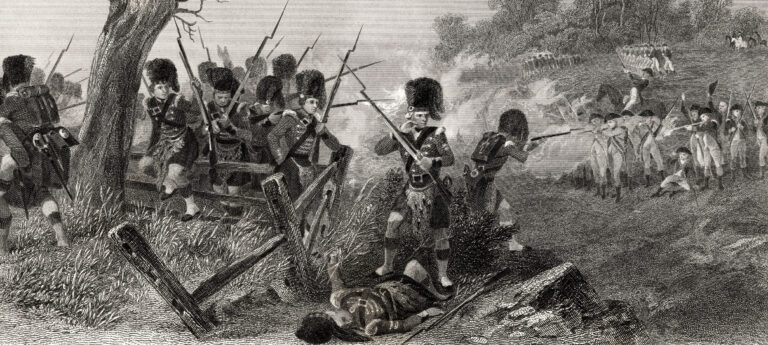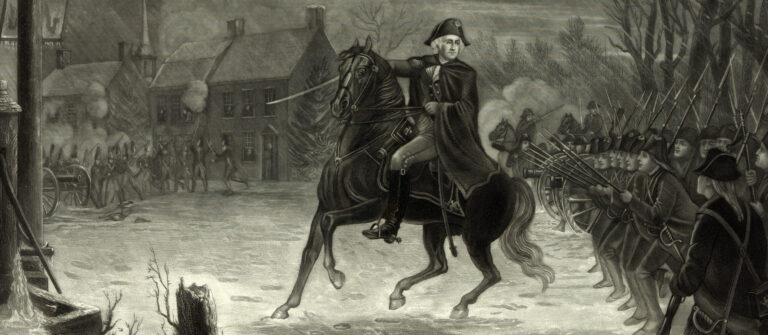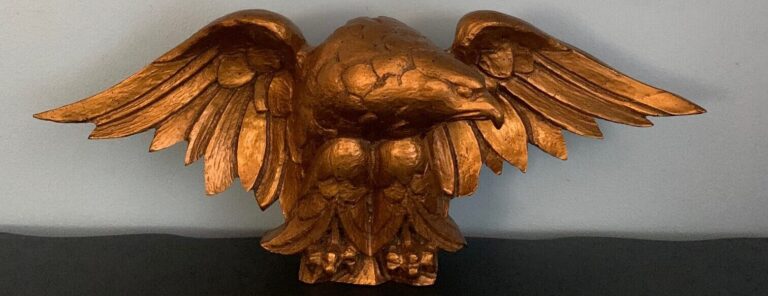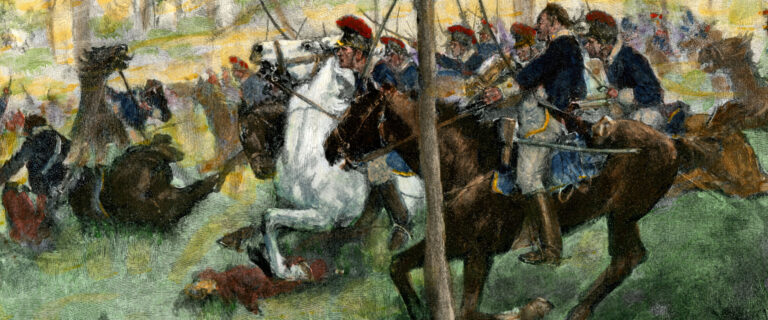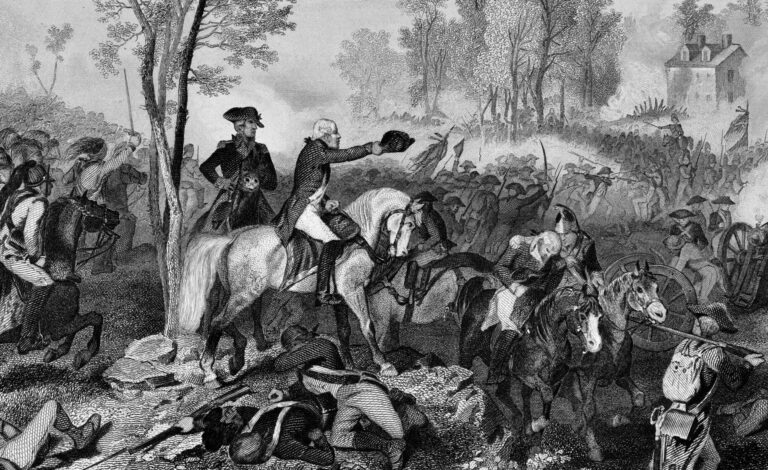Reminder: If you’re reading this in your email, you have to click on the link at the bottom or go to dpauthor.com and click on the Speaking of Which tab in order to view the actual blog post with the featured image.
Afraid so. (It’s only a minor compulsion; I can deal with it if I want. Really.)
But let me get back to that in a moment. First, I want to acknowledge that, in one sense, tomorrow marks the beginning of the 250th anniversary of America’s struggle for independence. I say that because the so-called Boston Tea Party on December 16, 1773 proved to be a milestone on the road to armed insurgency. It caused His Majesty George III to pivot from a more detached stance with respect to the unrest that had ensued from British colonial policy and support punitive measures against his American subjects for resisting royal authority. The King and Parliament responded to the dumping of British East India Company tea into Boston Harbor by adopting a series of hardline measures under the rubric of the “Coercive Acts” as they were known in England, and the “Intolerable Acts” as they were called by Americans. These were intended to punish the residents of Boston specifically and Massachusetts generally by closing the port of Boston and abrogating that colony’s right of self-rule. The new policies were to be enforced by an occupying force of British troops under the command of General Thomas Gage as military governor of the colony. These developments paved the way for a war that became increasingly inevitable and erupted less than a year-and-a-half later at Lexington and Concord.
BTW, if you want to read a magnificent analysis of how Britain stumbled into this abyss, check out Nick Bunker’s An Empire on the Edge.
And on that cheery note, let the semiquincentennial begin!
Back to the Book
I wanted to report some progress on the path to a fifth book. It comes courtesy of Brookline Books, an imprint of Casemate Publishers in Havertown, PA, which has agreed to take on this project that I hope will eventuate in a release next winter. Brookline is a new publishing platform focusing on subject matter that relates to the history of the greater Philadelphia area and the Delaware Valley. While Casemate has traditionally specialized in military history, Brookline’s publishing purview is broader than that; however, its list of upcoming releases does include two “revolting” volumes that should be out sometime next year. These are: Perceptions of Battle: George Washington’s Victory at Monmouth by Jeff Dacus (due in May); and The Loyalist Experience and Aftermath in Revolutionary Philadelphia by Kimberly Nath (coming in August).
The title of my new work is: Winning the Ten Crucial Days: The Keys to Victory in George Washington’s Legendary Winter Campaign. Unlike earlier works on this subject, each of which is, in its own way, a largely chronological account of the Continental Army’s 1776-1777 winter endeavor, this narrative will rely largely on an analytical approach to interpreting what happened. I have tried to focus its discussion around what I believe to be the five crucial factors behind the “Ten Crucial Days”—leadership, geography, weather, artillery, and contingency (or just plain luck). Each of these analytical elements will be accorded its own chapter, and the challenge for yours truly will be to somehow synthesize the somewhat-overlapping subnarratives into a reasonably coherent whole.
This will NOT be a comprehensive account of the TCD campaign (maybe quasi-comprehensive?). David Hackett Fischer in Washington’s Crossing and my friend Larry Kidder in Ten Crucial Days have done that in splendid fashion, so there’s no need to go there. That said, I hope this will make some measurable contribution to assessing the meaning of what occurred during perhaps the ten most extraordinary days in American history. If not, at least it’s helped me keep boredom at bay for several months.
More to follow on this. Meanwhile, best wishes for a very happy holiday season and a healthy and safe 2024.
